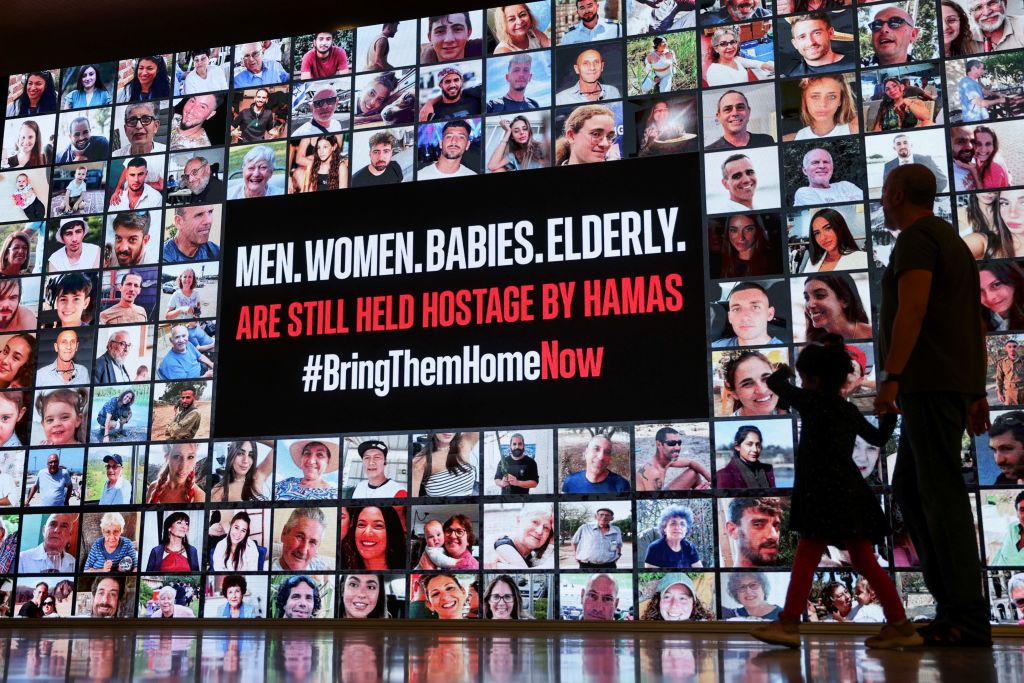LOS ANGELES
Apparently, a museum dedicated to tragedy does not have to leave out friendliness and fun. A guide gives each visitor to the Museum of Tolerance a personal introduction, with a second welcome provided by an electronic host composed of television screens, all explaining that, deep down, everyone is prejudiced.
The first few rooms of the museum put the Holocaust in the context of a very American message of multicultural tolerance. A television flashes images of famous civil-rights activists, while the “Point of View Diner” provides lessons on tolerance that are as easy to digest as a plate of Chef Boyardee. In immigrant-rich Los Angeles, this has made the Museum of Tolerance one of the most popular field trip destinations.
But while the name says tolerance, the second half of the subterranean museum, and the rest of the building, are unquestionably dedicated to the Holocaust. A series of high-tech dioramas tell the story of the European Jews up until their destruction. Each visitor receives a passport for a Jewish child, and at the end of the visit, a computer reveals the fate of the child.
The museum uses as much multimedia technology as you would expect from a museum that lies just miles from the soundstages of Hollywood. The other claim to fame of the Simon Wiesenthal Center, which runs the museum, is its filmmaking division, which has won two Oscars. The founder of the center and museum, Rabbi Marvin Hier, knows how to play to his audience. Hier came to Los Angeles in 1977 with a million dollars and has built not only a museum, but also a franchise. He has offices in New York, Miami, Buenos Aires, Toronto and Paris, and has grand new plans to open a Museum of Tolerance in Jerusalem.

I hope you appreciated this article. Before you go, I’d like to ask you to please support the Forward’s award-winning journalism this Passover.
In this age of misinformation, our work is needed like never before. We report on the news that matters most to American Jews, driven by truth, not ideology.
At a time when newsrooms are closing or cutting back, the Forward has removed its paywall. That means for the first time in our 126-year history, Forward journalism is free to everyone, everywhere. With an ongoing war, rising antisemitism, and a flood of disinformation that may affect the upcoming election, we believe that free and open access to Jewish journalism is imperative.
Readers like you make it all possible. Right now, we’re in the middle of our Passover Pledge Drive and we still need 300 people to step up and make a gift to sustain our trustworthy, independent journalism.
Make a gift of any size and become a Forward member today. You’ll support our mission to tell the American Jewish story fully and fairly.
— Rachel Fishman Feddersen, Publisher and CEO
Join our mission to tell the Jewish story fully and fairly.
Only 300 more gifts needed by April 30






















